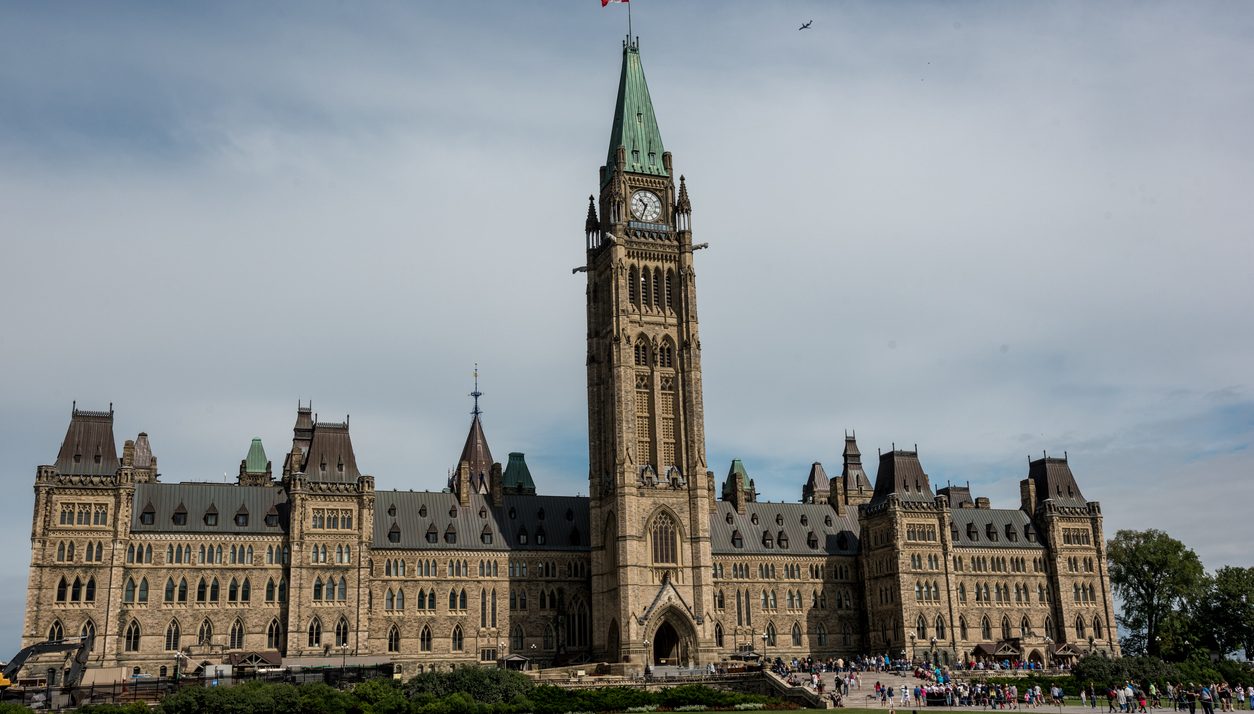The ministers in charge of Canada’s immigration system met on 24th July to discuss how the Covid-19 crisis affected the country’s immigration plans and the way forward after the disaster.
Besides Nunavut, all other provinces and territories in Canada have a bilateral treaty with the federal government. Therefore, they manage their own immigration systems autonomously based on their job market needs.
The recent meeting between the federal and provincial immigration ministers demonstrates the harmony between the two levels of government. During Friday’s meeting, the ministers agreed to revamp immigration plans after coronavirus with a “powerful immigration strategy.”

The Federal-Provincial Collaboration on Immigration
According to Section 95 of Canada’s Constitution, immigration is a shared responsibility between the federal and provincial governments, although federal law prevails.
It was a legal agreement between the first four provinces to ensure that the country met its economic and security needs. These provinces included Brunswick, Quebec, Nova Scotia, and Ontario.
A few years after the Confederation, the federal and provincial administrators held meetings to discuss ways to market the country as an immigration destination. In 1868, the first meeting of such kind was held, and in 1869, the lawmakers passed the first Immigration Act. Today, the statutes governing immigration are detailed in the Immigration and Refugee Protection Act (IRPA).
Provincial participation declined during the 20th century since the federal government implemented most policies. However, that came to an end in 1960, when Quebec requested autonomy over immigration to invite more French-speaking immigrants. Other provinces and territories also sought independence in the 1990s and leveraged that to attract foreign workers to boost the demand in skilled foreign workers. That led to the establishment of the Provincial Nominee Program (PNP).
Since 2003, immigration officials from the federal and provincial governments have met annually, making history as the longest streak in Canada’s history that the two-level of administration have come together to agree about immigration policies. That won’t change any time soon, considering both governments are legally involved and are dedicated to inviting more foreigners.
The 24th-July Immigration Agenda
Besides discussing the effects of the Covid-19 crisis on immigration, the ministers also the different immigration levels and regional economic immigration. They also developed the 2020-2023 Federal-Provincial-Territorial Strategic Plan for Immigration.
The ministers identified international students as the economic drivers, who can help the country in its pursuit for economic recovery and future stability. Many industrial sectors in Canada face labour shortages at a time when there are low mortality and birth rate. The country is, therefore, left with no other choice but to rely on foreign workers to fill the job vacancies.






